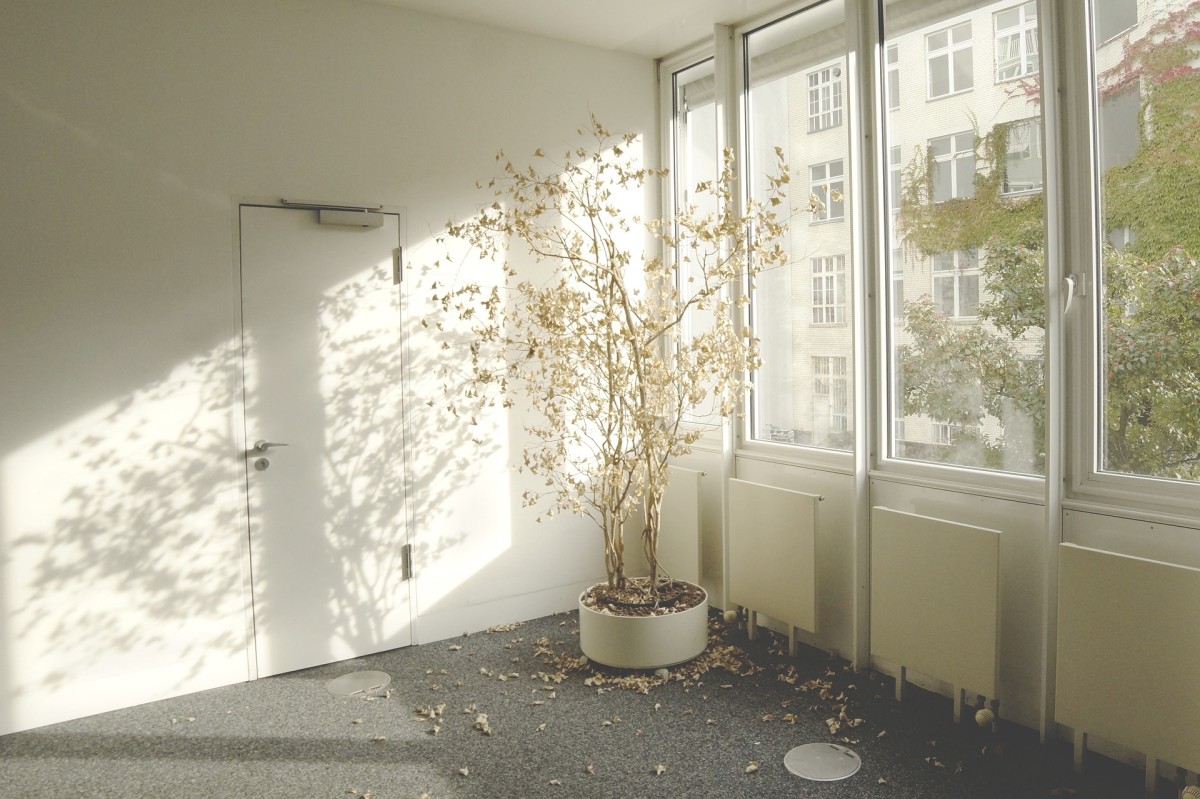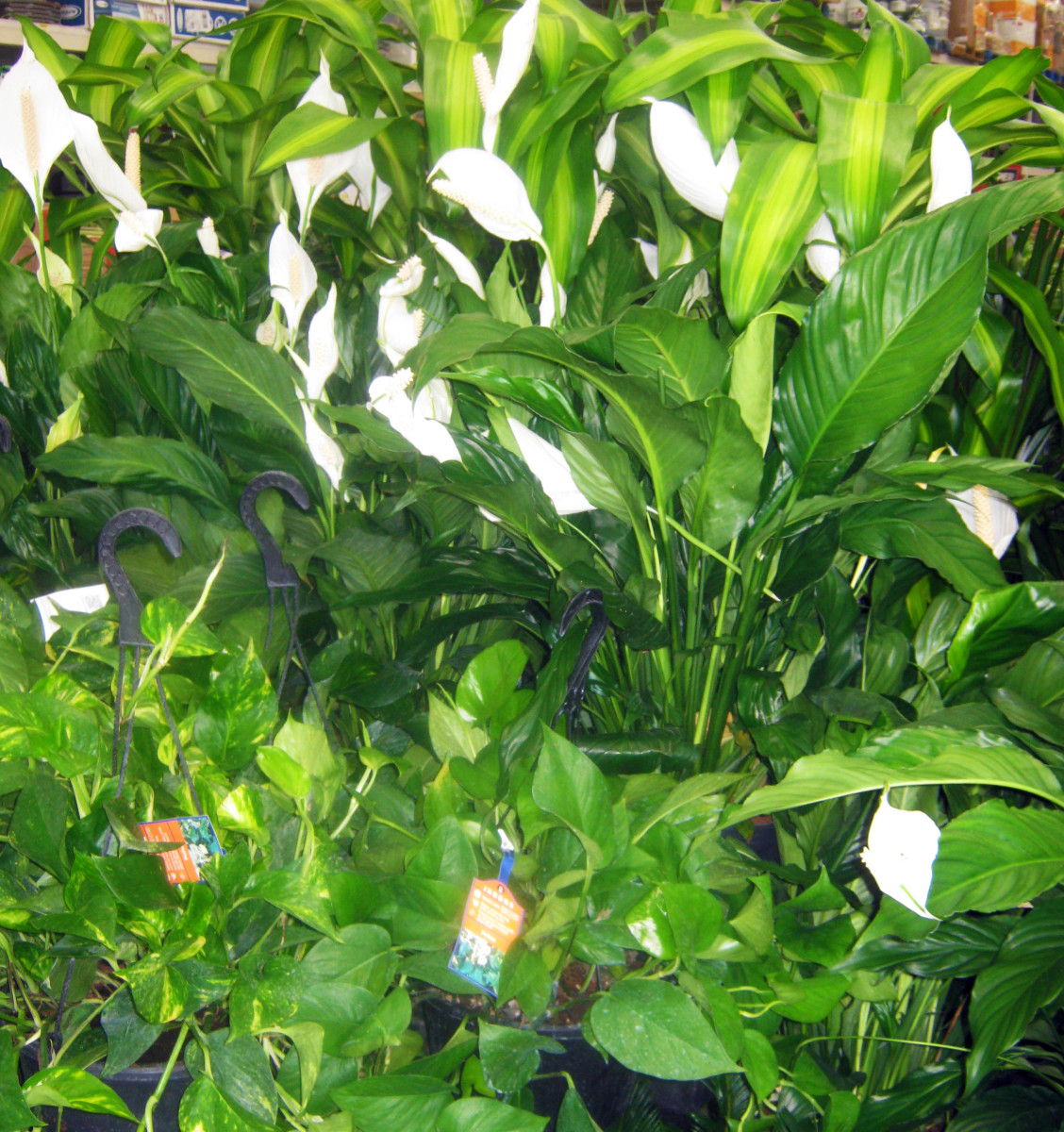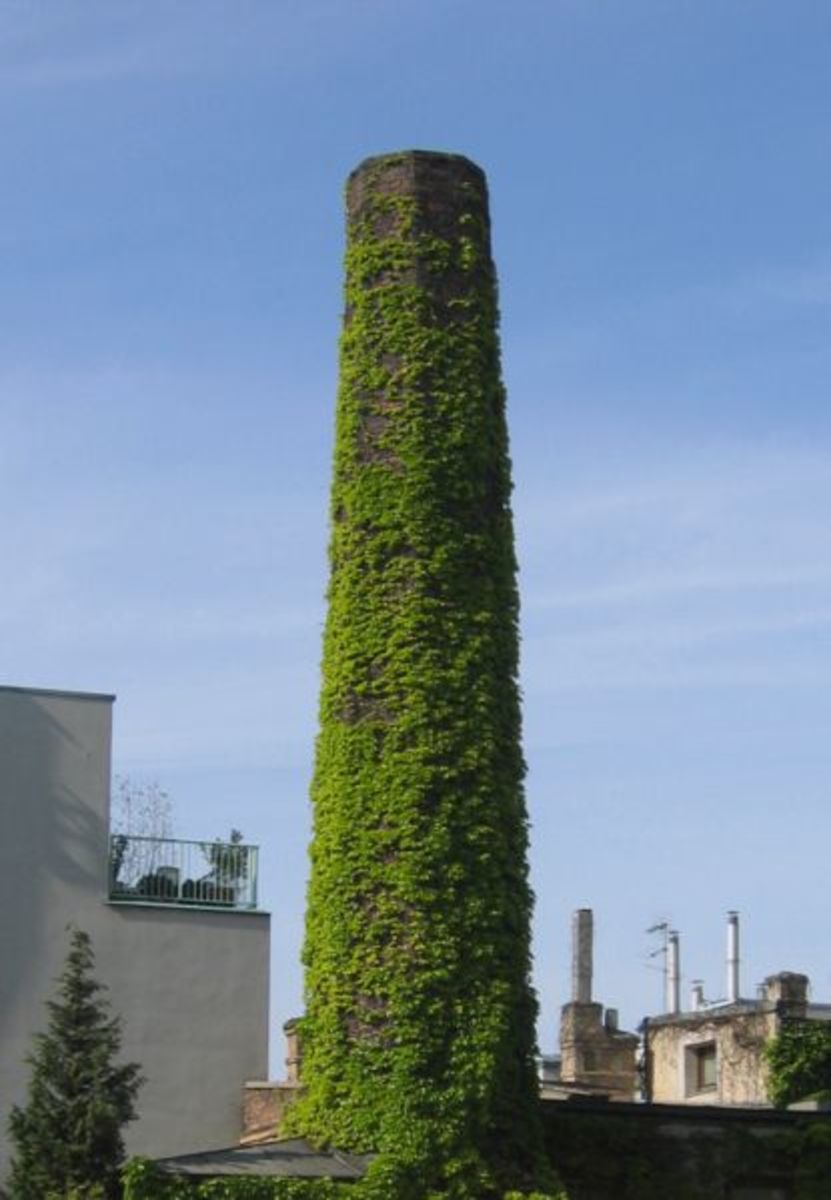Houseplants: The Spider Plant
Spider Plant
The spider plant (Chlorophytum comosum) is easy to grow, care for and propagate; this in addition to its attractive appearance, make the spider plant one of the most popular houseplants.
If you are just getting started with house plants, the spider plant is a great beginning. The spider will grow between 15 and 25 cm (6-10 inches) in height and have a spread of 25-45 cm (10- 18 inches).
NASA has studied, spider plants, among others, to determine their impact on household pollutants, such as the off gassing from carpets. There are claims that this plant does have a positive impact on indoor air quality.
When it comes to decor this is a great choice for a hanging basket set in well lit corner, but out of the direct sun. However, the spider plant will do okay in shade, but it may not produce the white flowers that enhance its spring and summer beauty.
The spider plant is a quick grower and produces attractive arching leaves. During the spring and summer, the stems, which flow over the container’s sides, produce small white flowers that are then followed by plantlets.
The plantlets can be readily removed from the mother plant and used to produce new plants.
The spider plant has few insect enemies. If the plant is in poor condition, aphids, for example, may infest the plant. Spiders will become weakened due to insufficient light, water or poor soil. However, keep your plant’s needs met and pests will not be much of a problem.
When checking your plant, if the leaves are brown, it is likely that you have not given it enough water, or the air around the plant is excessively hot. Simply snip off the damaged tips and all should be well.
Too little light or heat can cause the leaves to go pale and limp, and you may notice some leaf fall.
If the leaves are curling and have brown spots, it is likely that the soil around the roots has dried out. The spider plant enjoys a plentiful supply of water during its active growing period.
Check your spider plant regularly and you generally can head off any problems before they do real harm.
Spider plants are fairly simple to propagate. If your spider is in a hanging basket snip off a plantlet from the mother plant. Pin the plantlet into the soil of whatever pot you are planning to keep in it.
Water thoroughly and cover with a plastic bag or under a plastic dome to preserve the humidity. Do not palce in direct sun and be sure to let some air in each day, in order to control the development of fungus.
As soon as new leaves form remove the plastic. You can use the new plants as housewarming and other gifts. Your spider plant will live for many years as long as you give it the basic care it needs.








